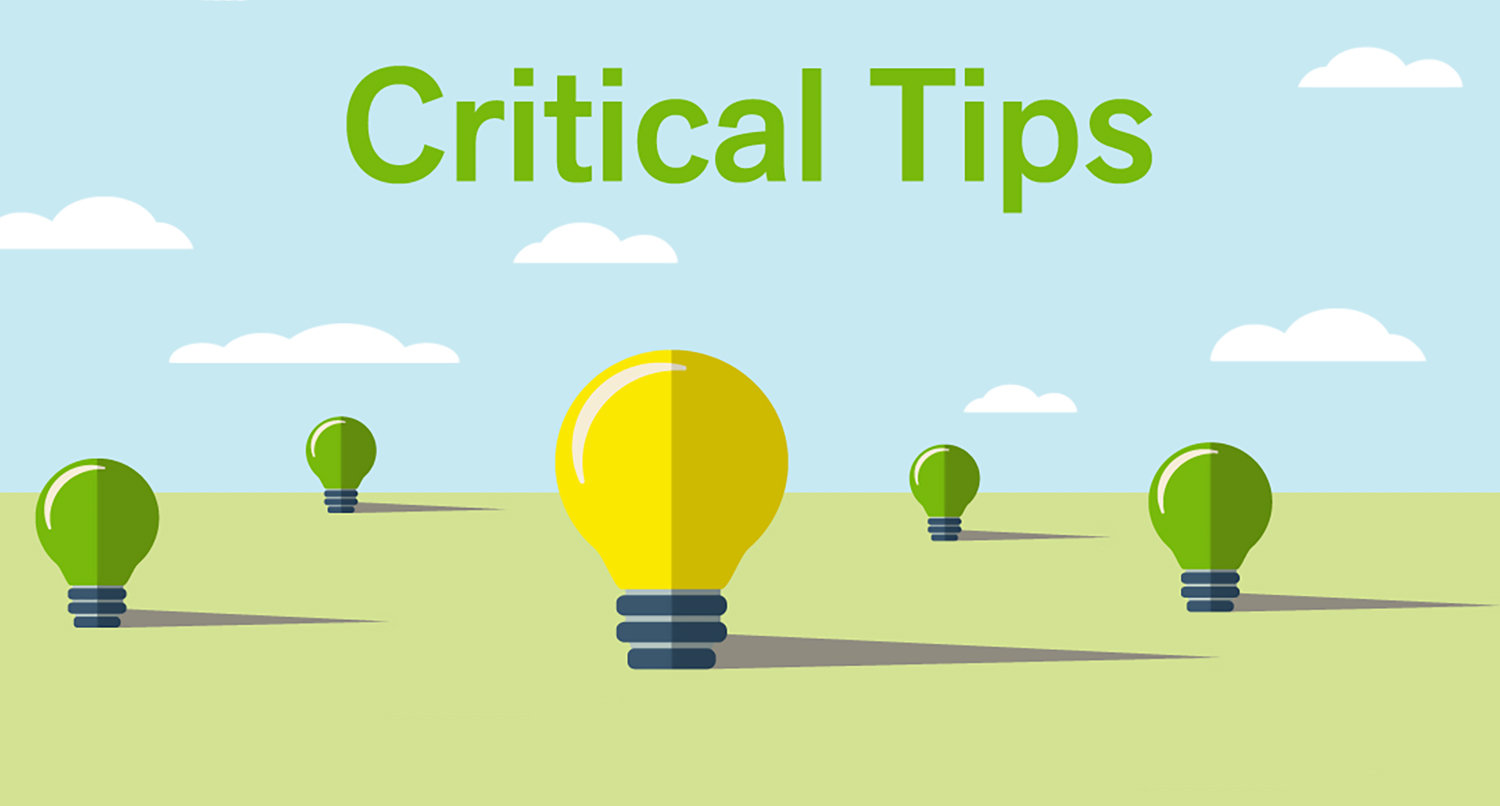
Note: This article is part of the educational series: r.e.energize Your Digital Marketing. To view all the lessons in the series, click here. And to learn more about the digital marketing experts at Energy Circle, click here.
Content—the landing pages, blog posts, infographics, social postings, and videos that tell your story—is a fundamental component to successful digital marketing. But it’s also more than just throwing up a couple of blog posts now and then. A great content strategy is integrated, comprehensive, and multichannel.
Here are a few essential tips from the team at Energy Circle to ensure that your content is compelling, useful, and—most importantly—generates well-qualified leads.
1. Use service and promotion-specific landing pages—and make sure they’re SEO-ready
An essential element to a fleshed-out content strategy is a solid set of landing pages. These pages are where you send pay-per-click advertising, social advertising (like Facebook), and all of your organic traffic. Landing pages are also a useful means to promote specific services and promotions. By utilizing SEO-enhancing attributes such as meta titles and meta descriptions (which are added on the “back end” of your landing page), your content is rendered more search-engine friendly.
Make sure that your content is well-written, with clear titles, and language that speaks to your target customer. For an additional SEO boost, make sure to include H1s (header text) on your pages as well.
2. Blog posts and keywords
While we do caution against relying solely on intermittent blog posts for the entirety of your content strategy, they can be a great enhancement to your website. Blogs are proof that your industry knowledge is up-to-date, they keep your content fresh, and can boost your keyword strategy for specific services. For example, use keywords that include the services or offers you wish to promote. Semantically-related keywords can be a great addition to your SEO efforts.
According to the Energy Circle blog on the 2018 Local Search Ranking Factors Survey, “By using semantically-relevant keywords in your online content, you’ll touch on related concepts, offer something more comprehensive in Google’s eyes, and most importantly, give the user a more relevant piece of content. This means that in your keyword research, you shouldn’t just be asking, “How do I rank for (X)?” You should also be asking, ‘What are other companies that are ranking for (X) talking about in their content?’” If content is king, it is keyword strategy that wears the crown.
3. Promote, promote, promote
Consider every avenue when promoting and elevating your content. While effective landing pages and blogs are very important, it’s also essential to promote your hard work. The goal, after all, is to drive leads! If you’re not promoting your hard work, then it’s just sitting on your website.
To bring in inbound sales interest, you need to promote your website content with outbound marketing. Consider posting to LinkedIn, Facebook, Google my Business, and other channels (some of these offer “boosting capabilities as well, which will guarantee more effective newsfeed placement).
If you make it a habit to collect your customers’ email addresses, and have a robust address book, an email campaign that includes links to your website content may be effective. And make sure to track each channel as well. Assign a customer URL using a tool such as Campaign URL Builder so that you can track your website traffic via your Google Analytics account to see what’s working best.
A successful content strategy is an integrated content strategy. The better the pieces of the puzzle fit together, the more successful each individual piece will be.




